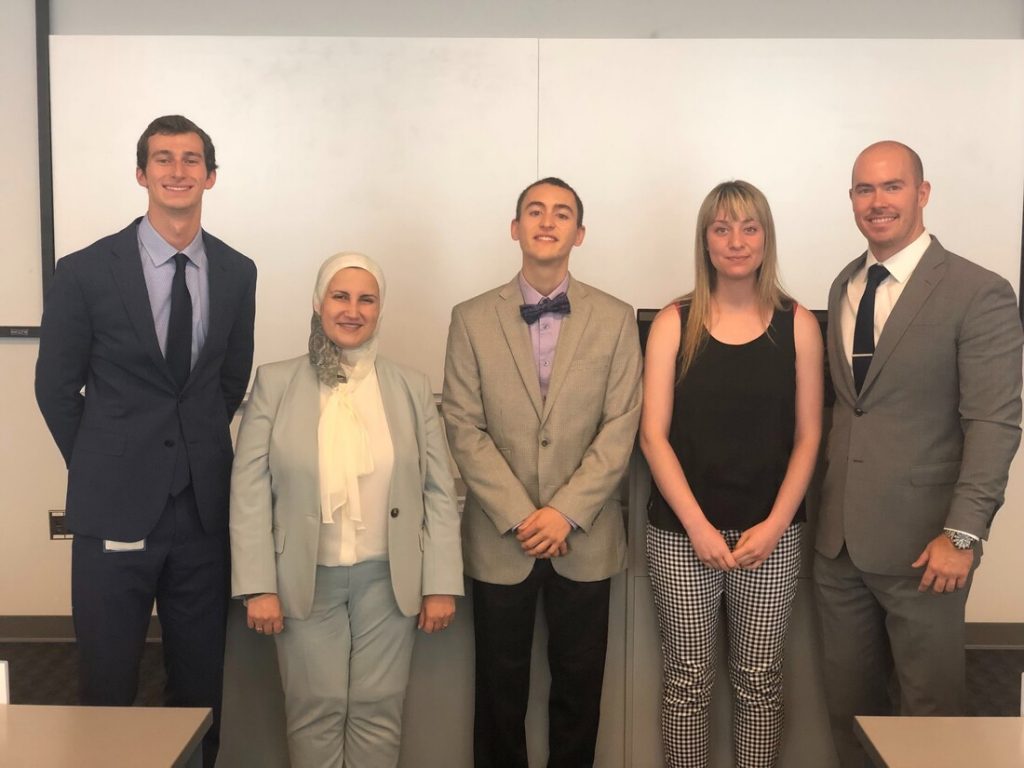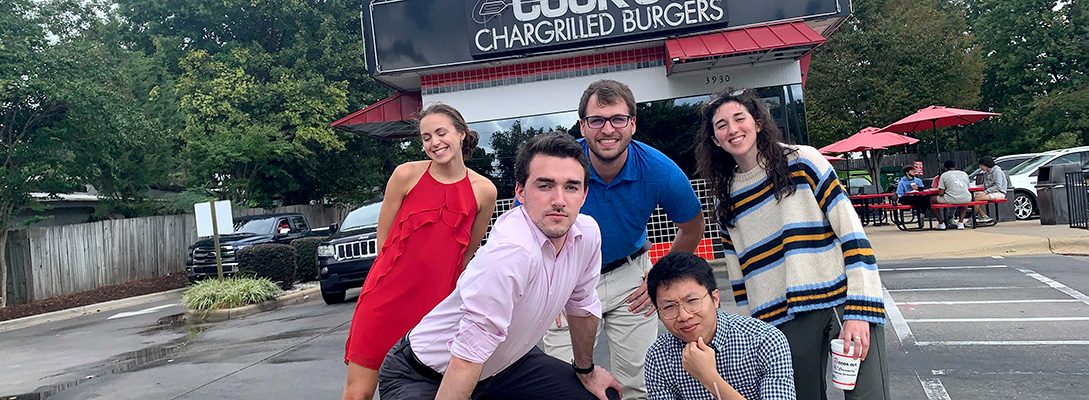As a recent graduate with a statistics degree and a background in programming, the Institute for Advanced Analytics program was the quintessential fit for the next chapter in my life. However, one aspect of the Institute surprised me: the IAA accepted and admitted students from a vast array of academic backgrounds – ranging from biology and mechanical engineering to English and journalism. My view on this drastically changed while working on the summer practicum project with a diverse group of peers. Diversity in backgrounds, experiences, ideation, personalities, and thought processes within a team acts as a catalyst for creative collaboration and success.

I learned the value of working with varied team members from different academic backgrounds during the boot camp phase of the MSA program. Our 2020 cohort split into twenty-four teams of five individuals. Our task was to understand and analyze a data set consisting of nearly nine hundred thousand loans from the peer-to-peer loan company, LendingClub. Our turnaround time consisted of only a few weeks and culminated in a 20-minute team presentation on our team’s findings, followed by ten minutes of questions.
After cleaning the data, our team regrouped to brainstorm together. As I offered my first suggestion, Patrick Campbell, our resident business guru, took my idea and partitioned it into a few different directions. After each of these new ideas were added to the conference room whiteboard, our other teammates (Abla Elsergany, Samantha Everett, and Andrew Francis) joined in with other spin-offs. The sheer amount of solutions generated through this collaborative brainstorming process was staggering. By combining multiple ideas, we successfully completed our final project.
Our summer practicum team encompassed different academic backgrounds including accounting, English, environmental engineering, finance, psychology, and statistics. Not only did each team member incorporate their backgrounds into the project and our final deliverables, but each of us was able to learn from everyone else on the team. This project would not have been remotely close, in terms of success, if the team was made up of five recent statistics graduates – each coming up with similar ideas to my own.
The most significant lesson that I learned was to embrace the diversity that exists in academic history, experiences, ideation, and thought processes. The next eight months are going to go very swiftly. We need to take the opportunity to learn from each of our peers while we can – I’ve had the opportunity to learn a great deal from four of my classmates already!
Columnist:Taylor Kooy
Data Column | Institute for Advanced Analytics
The Collaborative Blog for Students in the Master of Science in Analytics
